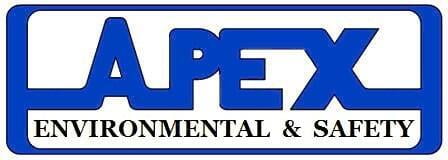Parameters of a Visual Jar Test
A simple visual jar test sample is a basic but crucial procedure conducted in various facilities to evaluate the quality of stormwater. This type of test is fundamental for facility managers to visually assess water samples and record specific parameters related to the water's condition.
When does this sample need to be collected?
The visual jar test inspection should be collected once per month during or immediately after a significant rain event. To define "significant" rain event here is what we mean: when you have enough flow in your outfall to collect the sample.
What if it does not rain in a given month?
If it doesn't rain you should still fill out the visual jar test inspection. Just put "N/A" in the sections.
Where am I supposed to collect this sample?
In your stormwater plant there will be a section called "Figures" and it should list all the outfalls for your facility. Depending on your facility you may have more than one sample location to collect from each month; however, there is normally ONE that is representative of the site.
Procedure and Parameters Assessed
The process involves collecting a water sample in a clear container to observe and document the following 10 parameters visually:
- Foam: Presence of foam on the water surface, which could indicate detergents or other surfactants.
- Settled Solids: Solids that settle at the bottom of the container, pointing to heavier particulate matter.
- Suspended Solids: Particles that remain suspended within the water column, affecting clarity and quality.
- Floating Solids: Solids that float on the water surface, which could include oils, fats, or other light materials.
- Color: Overall coloration of the water, which may suggest contamination.
- Clarity: Clearness of the water, indicating overall water purity.
- Odor: Any smells emanating from the water, which can detect organic decay or chemical presence.
- Oil Sheen: A thin layer of oil on the water's surface, indicating oil contamination.
Regulatory Compliance and Additional Testing
While some states mandate sending these samples for further laboratory analysis, not all do. The requirement largely depends on the type of facility, the specific environmental permits held, and local regulations. Laboratory analysis helps quantify certain contaminants more precisely than visual assessments and is crucial for facilities that must adhere to stringent environmental standards.
Importance of Visual Jar Test Samples
This straightforward test is vital for maintaining compliance with local government, EPA, and OSHA regulations. It allows facility managers to quickly and cost-effectively monitor water quality and take corrective actions if necessary. This proactive approach ensures environmental safety and operational efficiency.
If you have any further questions please post in the comments section of this article or contact us directly.
Also, please view the example to see what a jar test inspection looks like.
